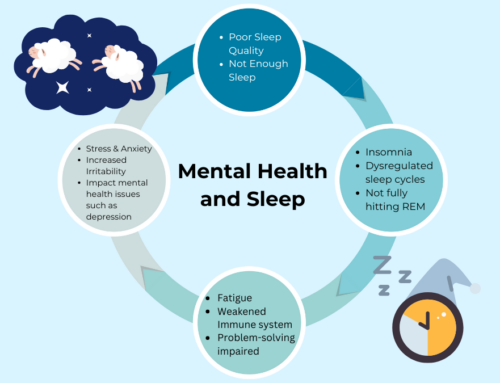EFT Tapping is a great way to achieve a calming state of mind and get your body regulated. It has become more and more popular as a therapy method that can be done with a therapist or on your own.
The question is, what is it exactly?
EFT (Emotional Freedom Techniques), commonly known as tapping, is a therapeutic technique that combines elements of traditional Eastern medicine with modern psychology. It’s based on the premise that emotional and psychological issues are caused by disruptions in the body’s energy system and can be alleviated by tapping on specific meridian points on the body.
The idea is through tapping these various meridians that run across our body combined with a series statements as we tap we are able to regulate our emotional state. Through tapping an individual is able to work to eliminate the disruption in the flow of energy and return the body to its natural state.
Emotional Freedom aims to address emotional issues, traumas, fears, phobias and negative thought patterns by resolving disruptions in the body’s energy system. The intention is to free individuals from the emotional burden they carry. Through a simple repetitive tapping technique coupled with simple statements repeated at each meridian a person can change their emotional state, reducing the charge associated with trauma, panic attacks, phobia and general negative thoughts about a situation or one’s self.
So how does EFT Tapping actually work?
How EFT Tapping Works
- Identifying the Issue: The process begins by identifying a specific issue or problem that an individual wants to address. This could be an emotional discomfort, a traumatic memory, a limiting belief, physical pain, or stress. It is crucial that they are clear to themselves exactly what they intend to focus on.
- Setup Phase: In this phase, the person using EFT focuses on the issue while simultaneously performing a self-acceptance statement or affirmation. They repeat a phrase that acknowledges the problem and affirms self-acceptance and self-love. For instance, “Even though I feel anxious about this presentation, I deeply and completely accept myself.” It is important that the individual accept their current emotional state and not deny it.
- Tapping Procedure: The individual then taps on specific meridian points on the body while repeating key phrases related to the identified issue. These tapping points include the top of the head, eyebrow, side of the eye, under the eye, under the nose, chin, collarbone, under the arm, and the karate chop point on the side of the hand. If this sounds remotely confusing, you just need to google EFT Tapping techniques and follow the lead of Nick Ortner, the guru of EFT Tapping.
- Reassessment: After a round of tapping on these points, the person reassesses their emotional intensity related to the issue. They gauge how they feel on a scale from 0 to 10 (where 0 is no intensity and 10 is the highest intensity). In many situations the first round is not going to yield the desired results and it will need to be repeated.
- Repetition: If the emotional intensity hasn’t decreased to a satisfactory level, the individual repeats the process, adjusting the phrases used and continuing to tap until the emotional distress significantly diminishes or disappears.
EFT Tapping may be just what you are looking for to free yourself from the negative thought processes that hold you captive. Emotional Freedom is an attainable goal, and happens when you’re tapping.
Sources
- The Tapping Solution by Nick Ortner: “The Tapping Solution” is a comprehensive guide to EFT Tapping. It provides practical insights and techniques.
- Clinical EFT Handbook by Dawson Church: Dawson Church is a leading researcher in the field of EFT. His book “Clinical EFT Handbook” offers a scientific perspective on Emotional Freedom Techniques.
- “EFT Tapping: An Evidence-Based Practice” by Peta Stapleton: Peta Stapleton is a psychologist and researcher known for her work on EFT. Her research contributes to the evidence base for the effectiveness of EFT.
- “Acupoint Stimulation in Treating Psychological Disorders” (Journal Article): EFT is often linked to acupoint stimulation. Exploring scientific articles on acupoint stimulation and its psychological effects can provide additional support.
Related Articles
Start Living Constantly Healthy Today
Same Day Therapy with Weekend & Evening Availability







